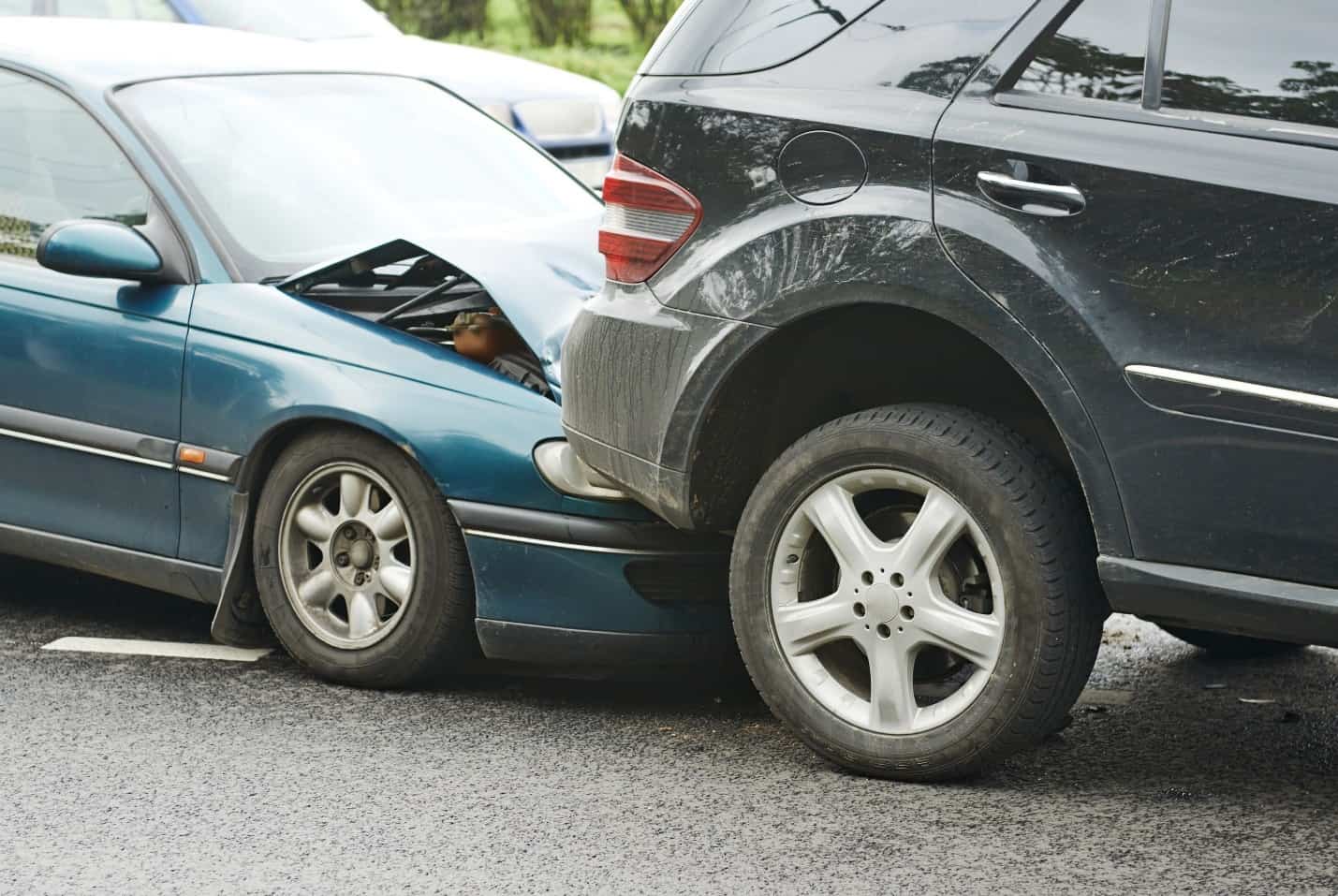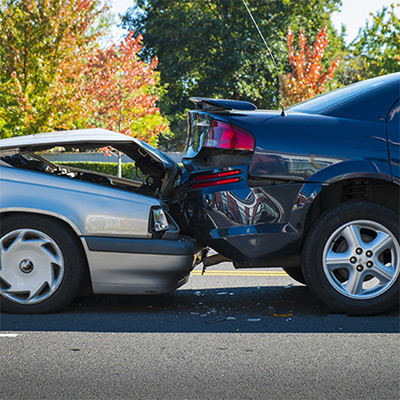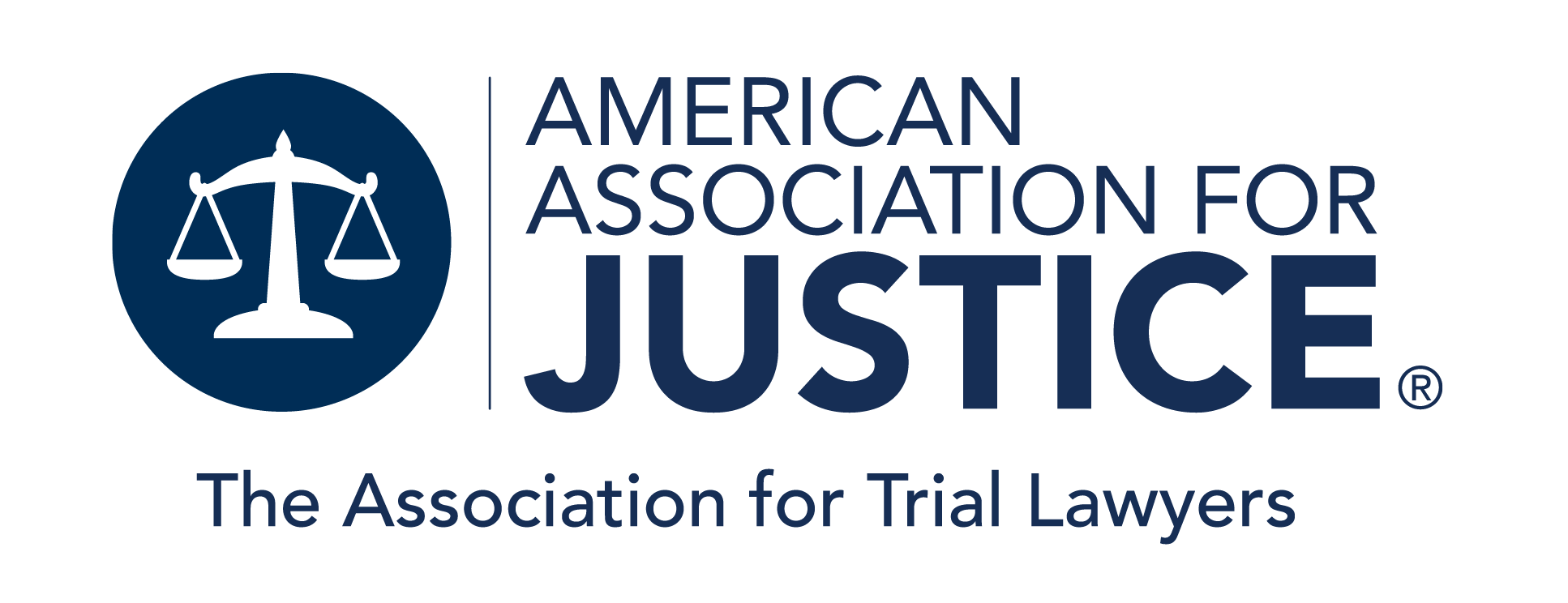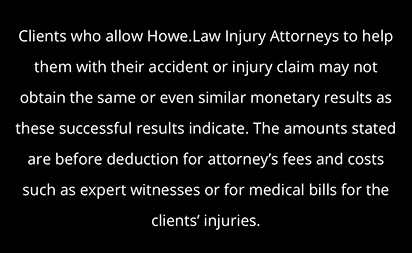Motorcycle accidents frequently raise discussions regarding fault and responsibility. With the increase in the number of riders on the roads, understanding who is at fault in motorcycle accidents has become crucial. This article explores various aspects of motorcycle accidents, including common causes, what percentage of motorcycle accidents are the riders fault, and how rider behavior influences the likelihood of accidents.

Understanding Motorcycle Accidents
Motorcycle accidents can occur for a myriad of reasons, often resulting in serious injuries due to the lack of protection that two-wheelers offer compared to cars. A deeper understanding of the causes behind these accidents is fundamental to addressing the issue effectively.
Common Causes of Motorcycle Accidents
Several factors contribute to the occurrence of motorcycle accidents, including but not limited to:
- Driver error: Many accidents result from the negligence of either the motorcyclist or other vehicle drivers.
- Road conditions: Poorly maintained roads, potholes, and debris can significantly increase the risk of accidents for motorcyclists.
- Weather conditions: Rain, fog, and icy roads can make riding more dangerous.
- Vehicle visibility: Motorcycles are smaller and less visible than cars, leading to accidents because other drivers fail to see them.
Considering these factors can help in both prevention and recovery processes following an accident, as it guides riders on what to be wary of while riding. Additionally, awareness campaigns and educational programs can play a crucial role in informing both motorcyclists and other road users about the specific dangers associated with motorcycle riding. By fostering a culture of safety and vigilance, the likelihood of accidents can be significantly reduced.
The Role of Speed and Alcohol in Accidents
Speeding is a significant contributor to the severity of motorcycle accidents. High speeds reduce the rider’s ability to react to sudden obstacles and increase the likelihood of losing control of the motorcycle.
Alcohol consumption further compounds these risks. Riders under the influence are more likely to engage in risky behavior such as speeding or weaving through traffic. Studies have shown that a considerable number of motorcycle accidents involve riders who are intoxicated, exacerbating both the chance of an accident and the severity of injuries sustained.
Furthermore, the combination of speed and alcohol can lead to catastrophic outcomes, as the impaired judgment and delayed reaction times can prevent riders from making critical decisions that could save their lives.
Moreover, the social stigma surrounding motorcycle culture often glamorizes reckless behavior, encouraging some riders to push their limits. This can lead to a dangerous cycle where thrill-seeking behavior overshadows the importance of safety gear and responsible riding practices.
To combat this, it is essential to promote a responsible riding ethos that emphasizes the importance of sobriety and adherence to speed limits, ensuring that the joy of riding does not come at the expense of safety.
Determining Fault in Motorcycle Accidents
Determining fault in motorcycle accidents often involves multiple parties, including law enforcement and insurance companies. Understanding the legal framework and the role different entities play is essential for those involved in an accident.
Legal Aspects of Fault Determination
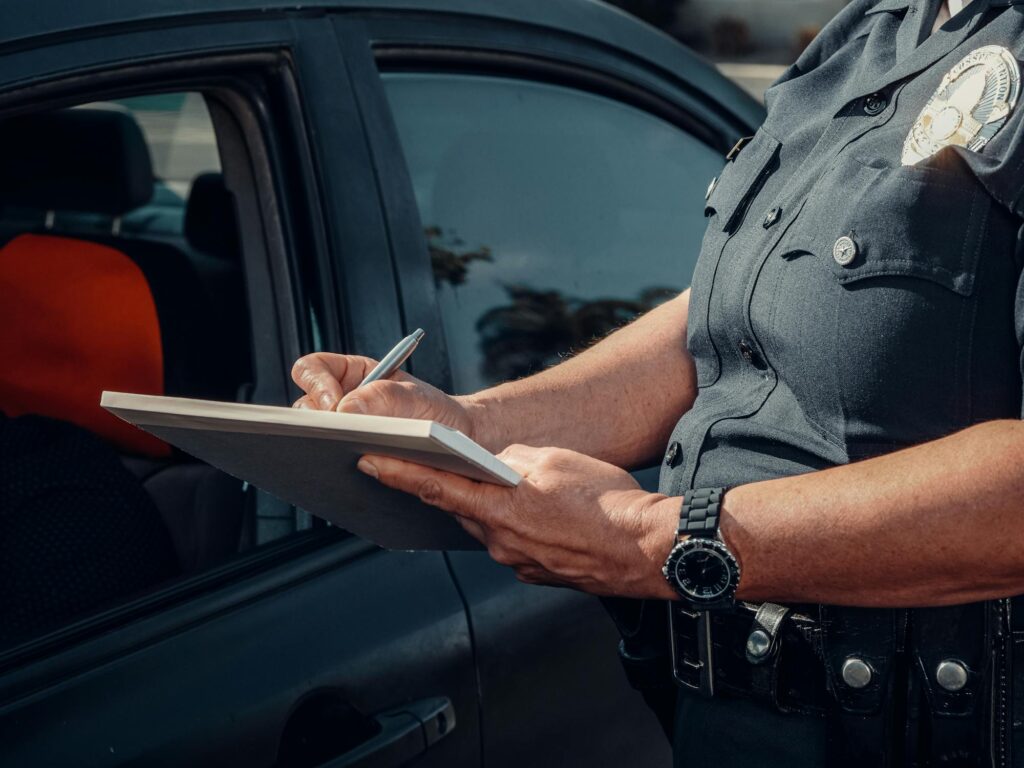
Fault determination in a motorcycle accident usually hinges on factors such as traffic laws and the specific circumstances surrounding the accident. Key elements include:
- Traffic laws: Whether any traffic violations occurred is a crucial aspect of fault determination.
- Witness statements: Eyewitness accounts can provide vital insights into the events leading up to the accident.
- Police reports: These documents, generated by law enforcement, are often instrumental in establishing fault.
The more thorough the investigation, the better the chances of accurately determining who was at fault, which can significantly influence insurance claims and legal repercussions. Additionally, factors such as road conditions, visibility, and vehicle maintenance can also come into play.
For instance, if a motorcycle was involved in an accident due to poor road conditions, such as potholes or debris, this could shift some liability away from the rider. Furthermore, understanding the concept of comparative negligence is crucial, as it allows for a more nuanced view of fault, where multiple parties may share responsibility to varying degrees.
The Role of Insurance Companies in Determining Fault
Insurance companies play an essential role in the aftermath of motorcycle accidents. Their main responsibilities include assessing the evidence, evaluating the damage, and determining liability. Each insurance company will review the information collected from:
- Police reports
- Witness statements
- Photographs from the scene
Depending on the findings, insurance adjusters can assign percentages of fault to each party involved, affecting compensation amounts and coverage claims for medical costs and vehicle repairs. The process can be intricate, as adjusters must consider not only the immediate facts of the case but also the broader context, such as the riding history of the motorcyclist and any previous claims.
Moreover, the presence of uninsured or underinsured motorists can complicate matters further, as it may necessitate additional negotiations or legal actions to secure adequate compensation. In some cases, disputes may arise between insurance companies, particularly when multiple parties are involved, leading to a more prolonged resolution process that can be frustrating for those seeking closure after an accident.
Motorcycle Riders vs Car Drivers: Who is More at Fault?
The debate regarding whether motorcycle riders are more often at fault than car drivers is complex and involves analyzing various factors.
Comparative Analysis of Accident Statistics
Statistics indicate that while motorcycle riders do contribute to a considerable number of accidents, many incidents occur due to the negligence of car drivers. For example, studies show that a significant portion of motorcycle accidents involves cars making left-hand turns in front of riders who have the right of way
This indicates that the fault cannot solely be placed on motorcycle riders; rather, a comprehensive view considers the behavior and actions of both parties involved. Furthermore, the severity of injuries sustained in motorcycle accidents is often greater than those in car accidents, highlighting the vulnerability of riders.
A study by the National Highway Traffic Safety Administration (NHTSA) revealed that motorcyclists are 28 times more likely to die in a crash than occupants of passenger vehicles, underscoring the need for increased awareness and safety measures on the road.
Factors Influencing Fault Attribution
When analyzing fault, several factors come into play:
- Visibility Issues: Motorcyclists are less visible to drivers, leading to miscalculations when cars attempt to change lanes or turn.
- Rider Behavior: Rider experience and adherence to traffic rules can either mitigate or contribute to accidents.
- Vehicle Structure: The inherent differences between motorcycles and cars affect dynamics during collisions.
Overall, attributing fault requires a delicate balance of all these factors to achieve a fair outcome. Additionally, environmental conditions such as weather, road quality, and time of day can further complicate fault determination. For instance, wet or icy roads can significantly impact a rider’s ability to maneuver safely, while poor lighting conditions can reduce visibility for both motorcyclists and car drivers.
These elements must be considered in any thorough investigation of an accident, as they can play a critical role in the events leading up to a collision.
Moreover, the psychological aspects of driving behavior cannot be overlooked. Studies have shown that car drivers often exhibit a phenomenon known as “motorcycle bias,” where they underestimate the speed and distance of approaching motorcycles.
This cognitive bias can lead to dangerous situations, as drivers may make unsafe decisions based on incorrect assumptions. Understanding these psychological factors is essential for improving road safety and fostering a culture of mutual respect among all road users.
How Rider Behavior Contributes to Accidents
Rider behavior is a multifaceted issue that significantly influences the likelihood of accidents. Understanding how various aspects of a rider’s conduct can impact safety is vital for accident prevention.
Impact of Rider Experience and Training
Rider experience and training are paramount in preventing accidents. Inexperienced riders may be less equipped to handle unexpected situations, such as sudden stops or difficult weather conditions. The more training a rider has, the better their ability to react appropriately under pressure.
Moreover, organizations that promote motorcycle safety, such as the Motorcycle Safety Foundation, offer courses that can greatly enhance rider skills, potentially reducing the risk of accidents. These courses often cover critical topics such as defensive riding techniques, hazard recognition, and emergency braking maneuvers.
By participating in such training, riders not only improve their technical skills but also develop a deeper understanding of the dynamics of riding, which can be crucial in avoiding potentially dangerous scenarios.
The Role of Protective Gear in Accident Prevention
Wearing appropriate protective gear significantly affects the chances of reducing injuries in the event of an accident. Essential protective gear includes:
- Helmets: A proper helmet can prevent fatal head injuries.
- Jackets and pants: Abrasion-resistant clothing significantly reduces skin injuries in case of a fall.
- Gloves: Protect not only the hands but also provide a better grip on the motorcycle.
- Boots: Protective boots can shield the feet and ankles from injuries.
By prioritizing safety equipment, riders can significantly mitigate the injuries sustained during an accident, regardless of who is at fault. Additionally, advancements in technology have led to the development of high-tech gear, such as airbag vests and smart helmets equipped with communication systems.
These innovations not only enhance protection but also improve situational awareness, allowing riders to stay connected with other road users and receive real-time alerts about potential hazards. As the motorcycle community continues to embrace these advancements, the importance of wearing proper gear becomes even more evident in the quest for safer riding experiences.
Preventing Motorcycle Accidents
Preventing motorcycle accidents requires a combined effort from riders, car drivers, and governing bodies. Understanding and implementing safety measures can save lives.
Safety Measures for Motorcycle Riders
Riders can adopt various safety measures to enhance their protection. Some effective practices include:
- Regular training: Continuing education helps keep skills sharp and promotes safe riding habits.
- Awareness: Being mindful of surroundings and anticipating potential hazards can reduce accident risk.
- Defensive riding: Riders should be prepared for the unexpected actions of other drivers.
By taking personal responsibility and engaging in proactive measures, riders can significantly lessen their chances of being involved in accidents. Additionally, wearing appropriate gear such as helmets, gloves, and protective clothing can provide crucial protection in the event of a fall.
Studies have shown that riders who wear full protective gear are less likely to sustain severe injuries, highlighting the importance of dressing for safety. Furthermore, maintaining the motorcycle in good working condition, including regular checks on brakes, tires, and lights, is essential for ensuring that the bike performs optimally and safely on the road.
The Role of Traffic Rules and Regulations in Accident Prevention
Adherence to traffic rules and regulations is crucial in reducing the incidence of motorcycle accidents. Some vital regulations include:
- Speed limits: Following reported speed limits can reduce the severity of accidents.
- Right of way laws: Understanding and obeying right of way can prevent collisions.
- Signaling: Proper signaling for lane changes and turns enhances communication among drivers, minimizing accidents.
Ultimately, traffic rules are designed to ensure the safety of all road users, and observing these rules can play a significant role in preventing motorcycle accidents. Moreover, the implementation of stricter penalties for traffic violations can serve as a deterrent, encouraging all drivers to adhere to the rules.
Public awareness campaigns aimed at educating both motorcyclists and other road users about the unique vulnerabilities of motorcycle riders can foster a more respectful and cautious driving culture. Such initiatives can include community workshops, distribution of informative materials, and even social media campaigns to reach a wider audience, emphasizing the shared responsibility of all road users in creating a safer environment.
Conclusion
In conclusion, understanding the various elements contributing to motorcycle accidents and how fault is determined can lead to safer riding practices and more responsible road-sharing. By focusing on accident prevention through education, awareness, and adherence to safety rules, both motorcycle riders and car drivers can work together to reduce the number of accidents on our roads.
If you’ve been involved in a motorcycle accident, don’t wait—contact Howe.Law today for a consultation. Our experienced attorneys are available 24/7 to help you understand your rights and secure the compensation you deserve. Call us at (888) 559-7612 or visit Howe Law to learn more.
Related Articles

